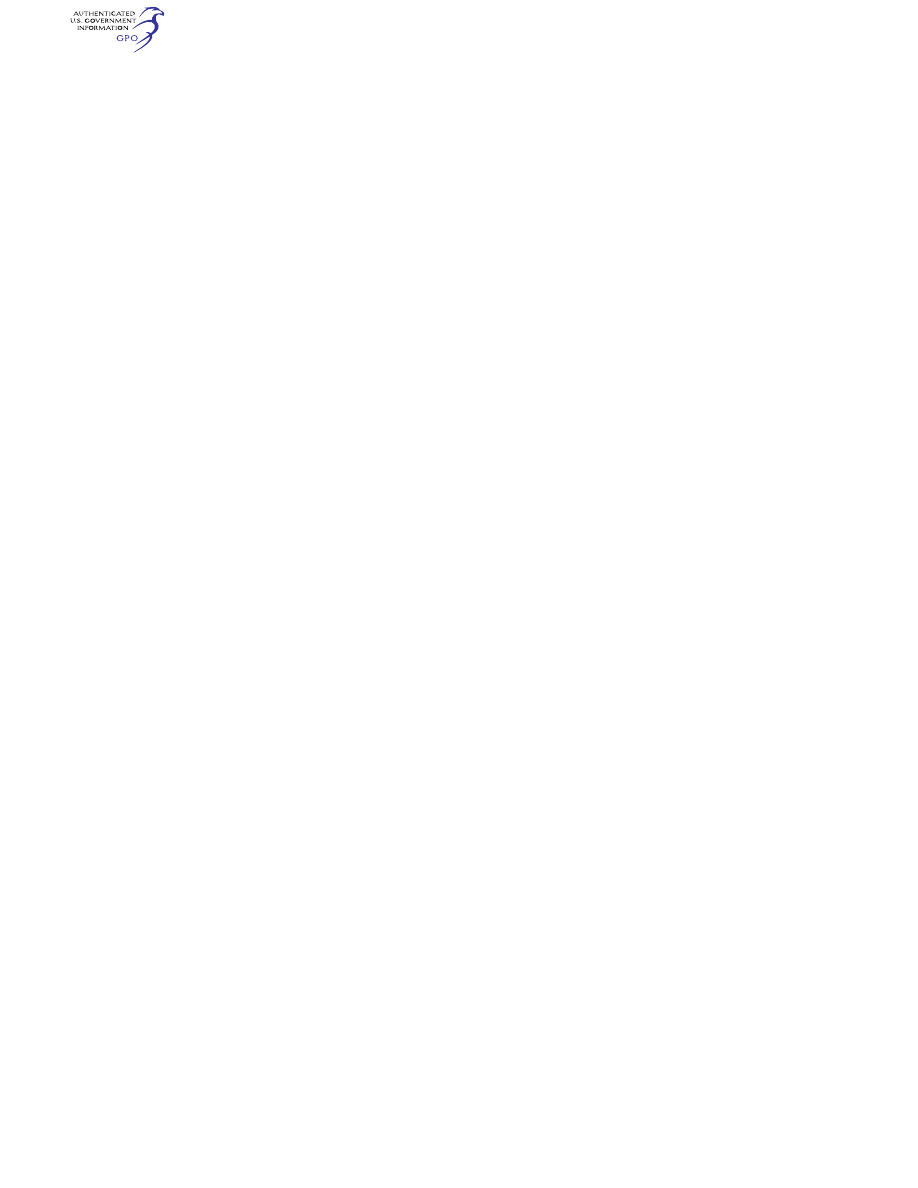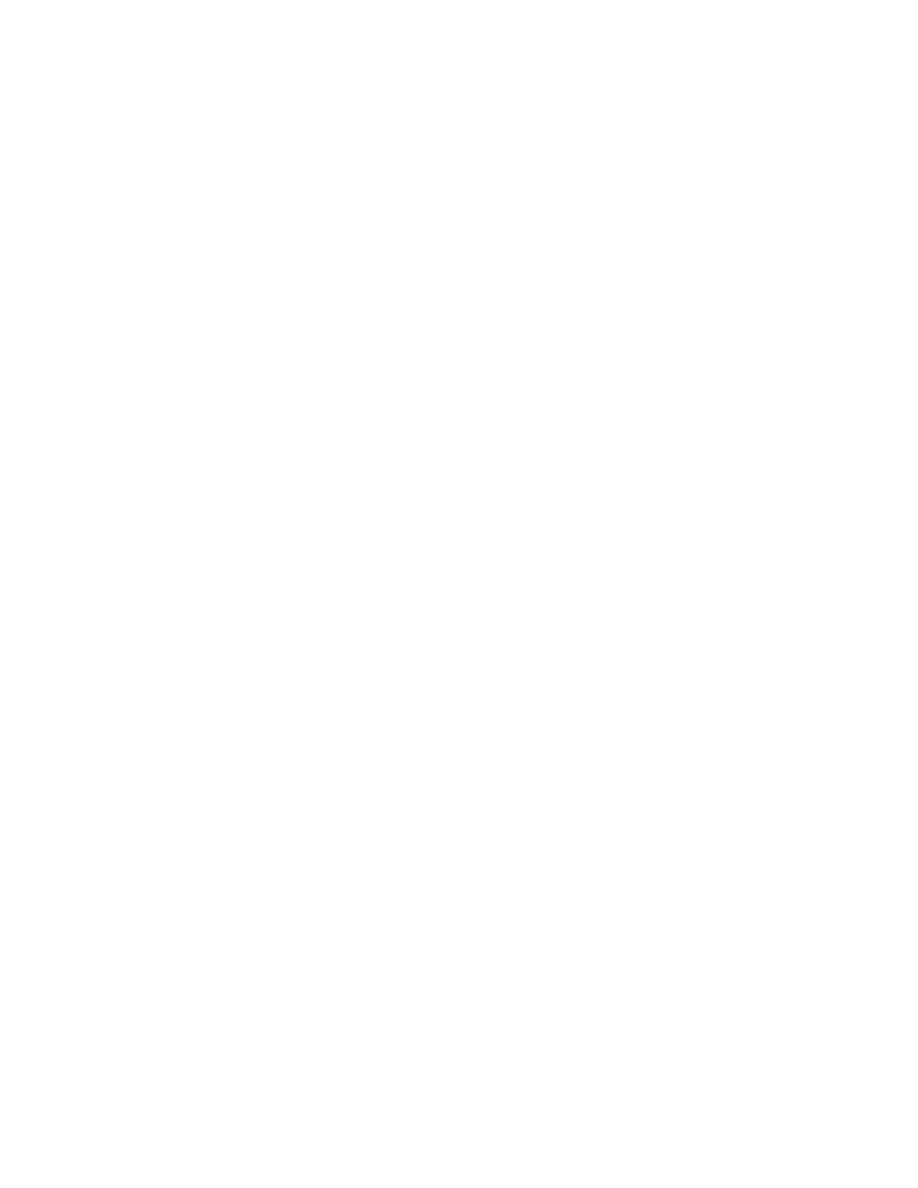
795
Federal Aviation Administration, DOT
§ 91.1065
under this subpart when those oper-
ations use only one pilot.
(c) If authorized by the Adminis-
trator, a program manager may com-
ply with the applicable training and
testing sections of subparts G and H of
part 135 of this chapter instead of
§§ 91.1065 through 91.1107, except for the
operating experience requirements of
§ 135.244 of this chapter.
(d) For the purposes of this subpart,
the following terms and definitions
apply:
(1)
Initial training. The training re-
quired for crewmembers who have not
qualified and served in the same capac-
ity on an aircraft.
(2)
Transition training. The training
required for crewmembers who have
qualified and served in the same capac-
ity on another aircraft.
(3)
Upgrade training. The training re-
quired for crewmembers who have
qualified and served as second in com-
mand on a particular aircraft type, be-
fore they serve as pilot in command on
that aircraft.
(4)
Differences training. The training
required for crewmembers who have
qualified and served on a particular
type aircraft, when the Administrator
finds differences training is necessary
before a crewmember serves in the
same capacity on a particular vari-
ation of that aircraft.
(5)
Recurrent training. The training
required for crewmembers to remain
adequately trained and currently pro-
ficient for each aircraft crewmember
position, and type of operation in
which the crewmember serves.
(6)
In flight. The maneuvers, proce-
dures, or functions that will be con-
ducted in the aircraft.
(7)
Training center. An organization
governed by the applicable require-
ments of part 142 of this chapter that
conducts training, testing, and check-
ing under contract or other arrange-
ment to program managers subject to
the requirements of this subpart.
(8)
Requalification training. The train-
ing required for crewmembers pre-
viously trained and qualified, but who
have become unqualified because of not
having met within the required period
any of the following:
(i) Recurrent crewmember training
requirements of § 91.1107.
(ii) Instrument proficiency check re-
quirements of § 91.1069.
(iii) Testing requirements of § 91.1065.
(iv) Recurrent flight attendant test-
ing requirements of § 91.1067.
[Docket No. FAA–2001–10047, 68 FR 54561,
Sept. 17, 2003, as amended by Amdt. 61-144, 85
FR 10920, Feb. 25, 2020]
§ 91.1065
Initial and recurrent pilot
testing requirements.
(a) No program manager or owner
may use a pilot, nor may any person
serve as a pilot, unless, since the begin-
ning of the 12th month before that
service, that pilot has passed either a
written or oral test (or a combination),
given by the Administrator or an au-
thorized check pilot, on that pilot’s
knowledge in the following areas—
(1) The appropriate provisions of
parts 61 and 91 of this chapter and the
management specifications and the op-
erating manual of the program man-
ager;
(2) For each type of aircraft to be
flown by the pilot, the aircraft power-
plant, major components and systems,
major appliances, performance and op-
erating limitations, standard and
emergency operating procedures, and
the contents of the accepted operating
manual or equivalent, as applicable;
(3) For each type of aircraft to be
flown by the pilot, the method of deter-
mining compliance with weight and
balance limitations for takeoff, landing
and en route operations;
(4) Navigation and use of air naviga-
tion aids appropriate to the operation
or pilot authorization, including, when
applicable, instrument approach facili-
ties and procedures;
(5) Air traffic control procedures, in-
cluding IFR procedures when applica-
ble;
(6) Meteorology in general, including
the principles of frontal systems, icing,
fog, thunderstorms, and windshear,
and, if appropriate for the operation of
the program manager, high altitude
weather;
(7) Procedures for—
(i) Recognizing and avoiding severe
weather situations;
(ii) Escaping from severe weather sit-
uations, in case of inadvertent encoun-
ters, including low-altitude windshear
(except that rotorcraft aircraft pilots
VerDate Sep<11>2014
14:00 Mar 14, 2024
Jkt 262047
PO 00000
Frm 00805
Fmt 8010
Sfmt 8010
Q:\14\14V2.TXT
PC31
aworley on LAPBH6H6L3 with DISTILLER
